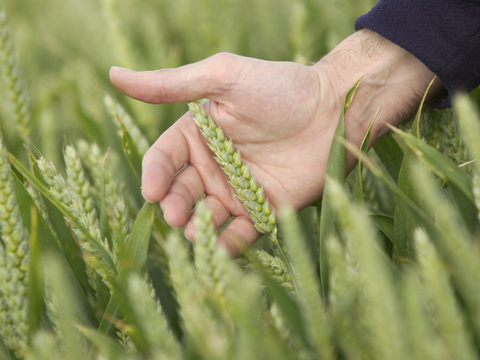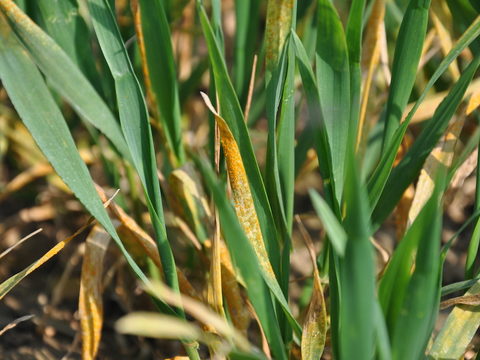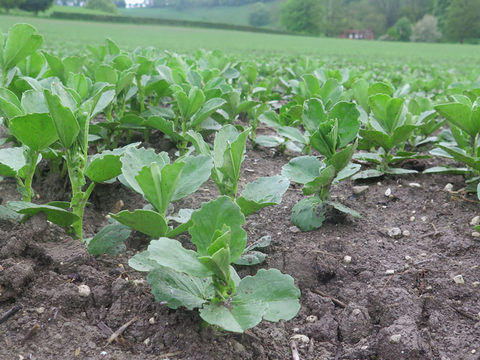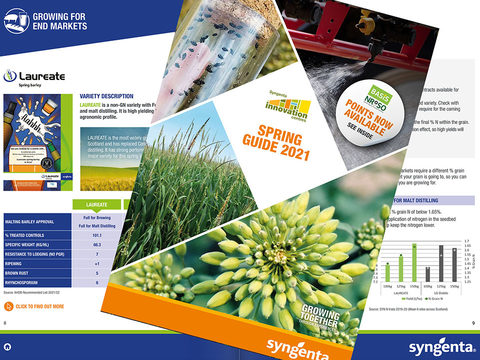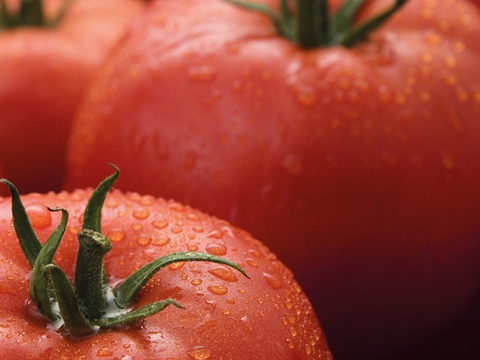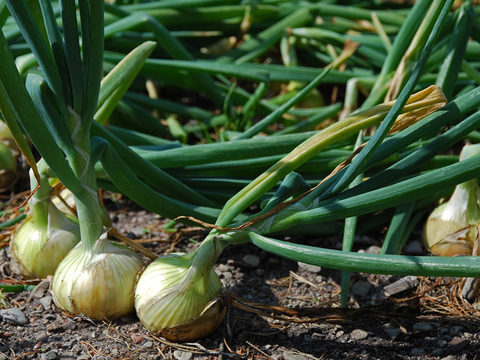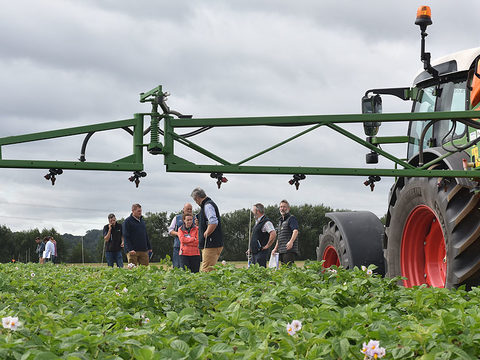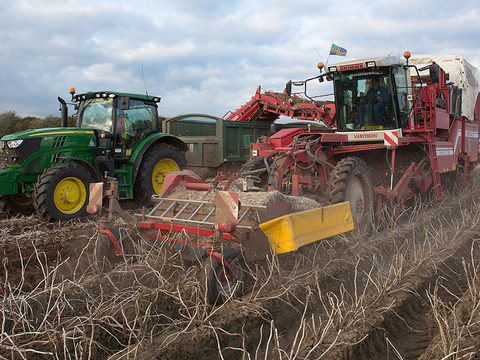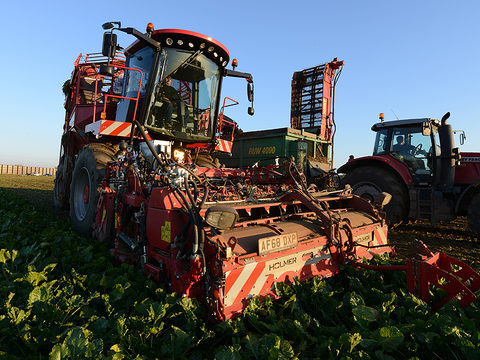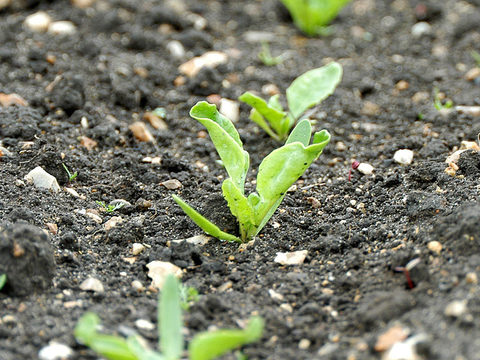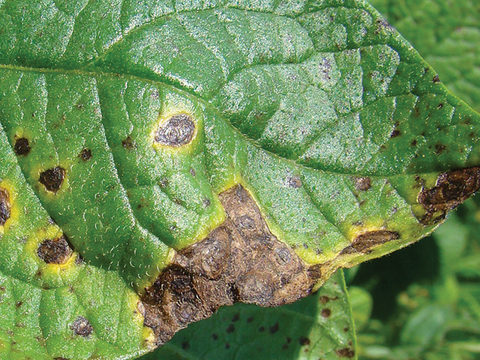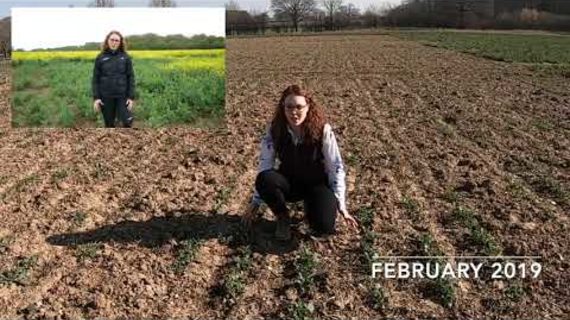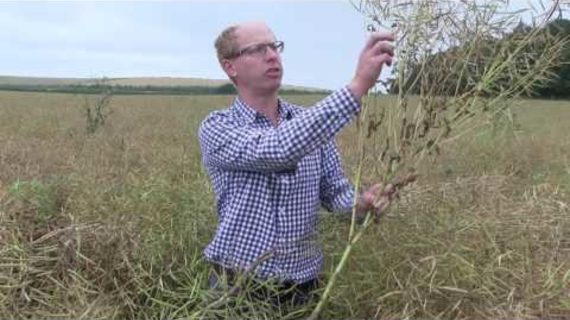Branch out with Toprex timing
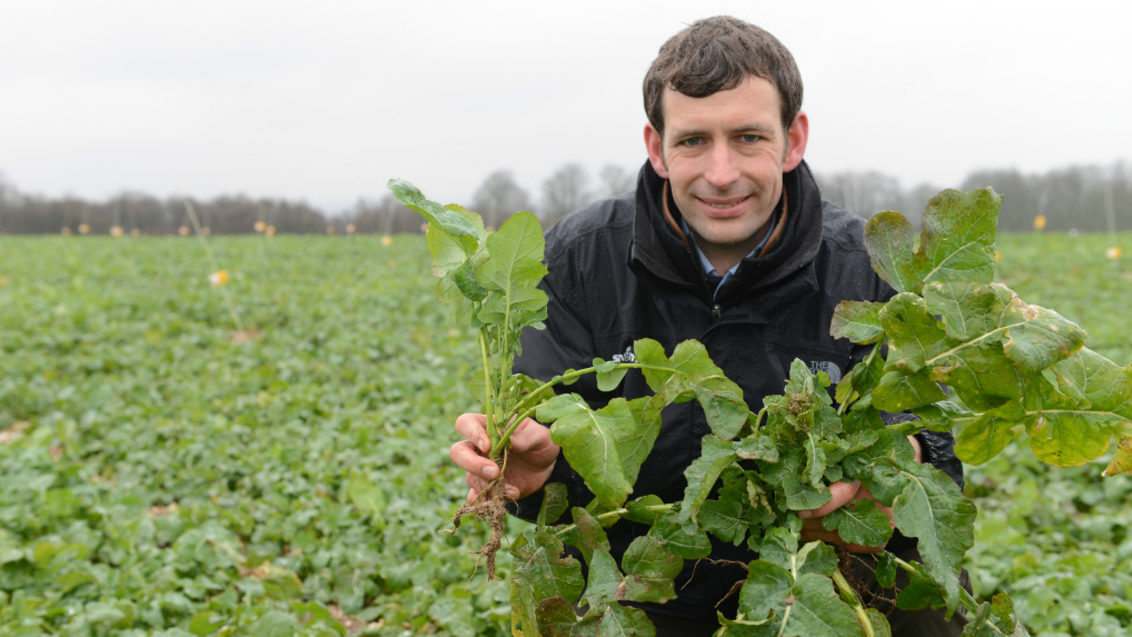
Assessing new Toprex canopy management trials at the Syngenta Innovation Centre in Hampshire this week (17 February), Mr Southgate said: “Crops have, for the most part, come through the winter well. Whilst the recent cold weather has held them in check, there are clear signs that many are beginning stem extension. As soon as we see consistent growth, it will be time to treat.”
Based on reports of crop condition from agronomists around the UK Mr Southgate believed that around 80% of the crops to be treated with a PGR would benefit most from the earliest Toprex timing at early stem extension (GS31), with the rest achieving optimum results towards the later early green bud (GS51) timing.
“Earlier applications have been shown to give the maximum effect in height reduction and increased branching. That will increase the light penetration into the canopy and improve the efficiency of the leaves to help the plants generate higher yields.”
He advised the earlier timing at stem extension would be most appropriate for varieties and fields that are more susceptible to lodging, where height reduction and canopy manipulation to enhance side branching would be most beneficial. Crops sown at wider row widths, but with narrow spacing between plants in the row, could also benefit by stimulating greater side branching.
“Furthermore, effectively suppressing the main raceme will help to synchronise its flowering with the side branches. The result is a shorter but more intense flowering period; which is highly beneficial to the plant since the flowers reflect sunlight and reduce its photosynthetic activity – the shorter the flowering the more light and energy the crop can utilise.”
Mr Southgate suggested the synchronised flowering could potentially reduce the crop’s exposure to damaging Pollen Beetle attacks on green buds, and may help target Sclerotinia sprays at the optimum timing.
Fields with low plant counts, possibly as a result of Flea Beetle damage in the autumn or flooding over the winter, would be more likely to benefit from the later Toprex timing - at early green bud GS51. “Here the objective is less about height reduction, but to even up the crop and synchronise flowering to achieve the maximum potential of all the side shoots.
“It could prove an especially effective technique this season, where parts of fields have been affected, and treatment could help to manage the crop more effectively through to harvest.”
Whilst growers should aim for the optimum timing for their individual fields, this season’s forward crops could potentially see plants move from stem extension to green bud in a week or 10 days. Trials and farmers’ own split field work last year had showed the benefits of Toprex treatment throughout the application window, he reported.
Growers’ experience
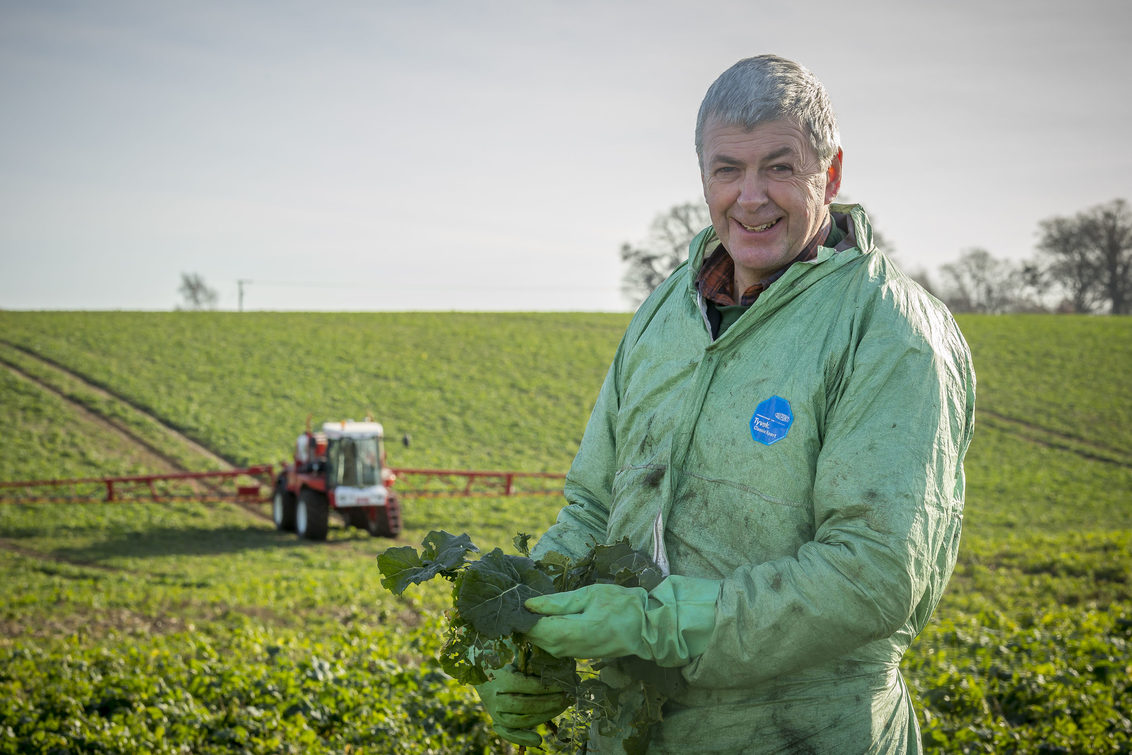
Another trial, by Hugh Forsyth in Warwickshire, produced a 0.75 t/ha yield increase from an early green bud Toprex application, which stayed standing when the untreated tramlines all went over. A yield increase of 0.81 t/ha on a crop of Boheme at the Syngenta Innovation Centre at Berwick in the Scottish Borders, produced a margin over input costs of £178/ha from the Toprex application, compared to untreated.
Agronomist advice
Agronomist, Paul Gruber, Technical Manager of the Procam groups’ Chemega, reported farmers welcomed the opportunity to even up crops. He pointed out that every oilseed rape field must be assessed on its suitability for PGR treatment, but there are clear indications that many could benefit this season.
“We saw from the results of last year’s trials and growers’ experiences that Toprex could be highly effective in evening crops up and getting a far more consistent crop through to harvest,” he advised.
“This season we are certainly seeing more crops that are forward and, after the biomass growth through extended autumn, just waiting for soil temperatures to rise and day-length to increase to really take off.
“The stem-extension timing for Toprex application, to manage the crop height and create the optimum crop architecture, will be crucial. Growers who have reduced seed rates and have lower plant densities – with some at 30 plants per m2 or less – have the opportunity to get the most from the crop’s potential,” said Mr Gruber.
“However, where we are seeing crops that are backward, or have suffered adversely in the wet weather, we may look to delay treatments through to as far as green bud. The later treated crops last year saw the benefit of evening-up growth and consolidating the flowering period and making them easier to manage through to harvest.”
Disease control action
James Southgate highlighted that Toprex will provide top-up Light Leaf Spot control and tackle Phoma where treatment coincides with the PGR application. “However, if Light Leaf Spot is rife in the crop, but it hasn't reached the PGR timing then the advice is to control that with a fungicide now, and then follow up with the PGR treatment at the appropriate timing,” he said.
Spring nutrition
Growers may need to adjust fertiliser programmes this spring, after the record rainfall over the winter. “Crops going through rapid growth stages require adequate nutrition to avoid stress. Even where Toprex effectively shortens the crop height, plants still need the nutrients to supply the additional branching and green leaf area,” said Mr Southgate.
“Initial indication of soil tests is that, despite the rainfall, warm temperatures may have encouraged additional soil N mineralisation, which could benefit the crop. But growers should be looking to test fields to calculate requirements. As always with OSR, ensuring the crop has sufficient Sulphur is crucial.”
